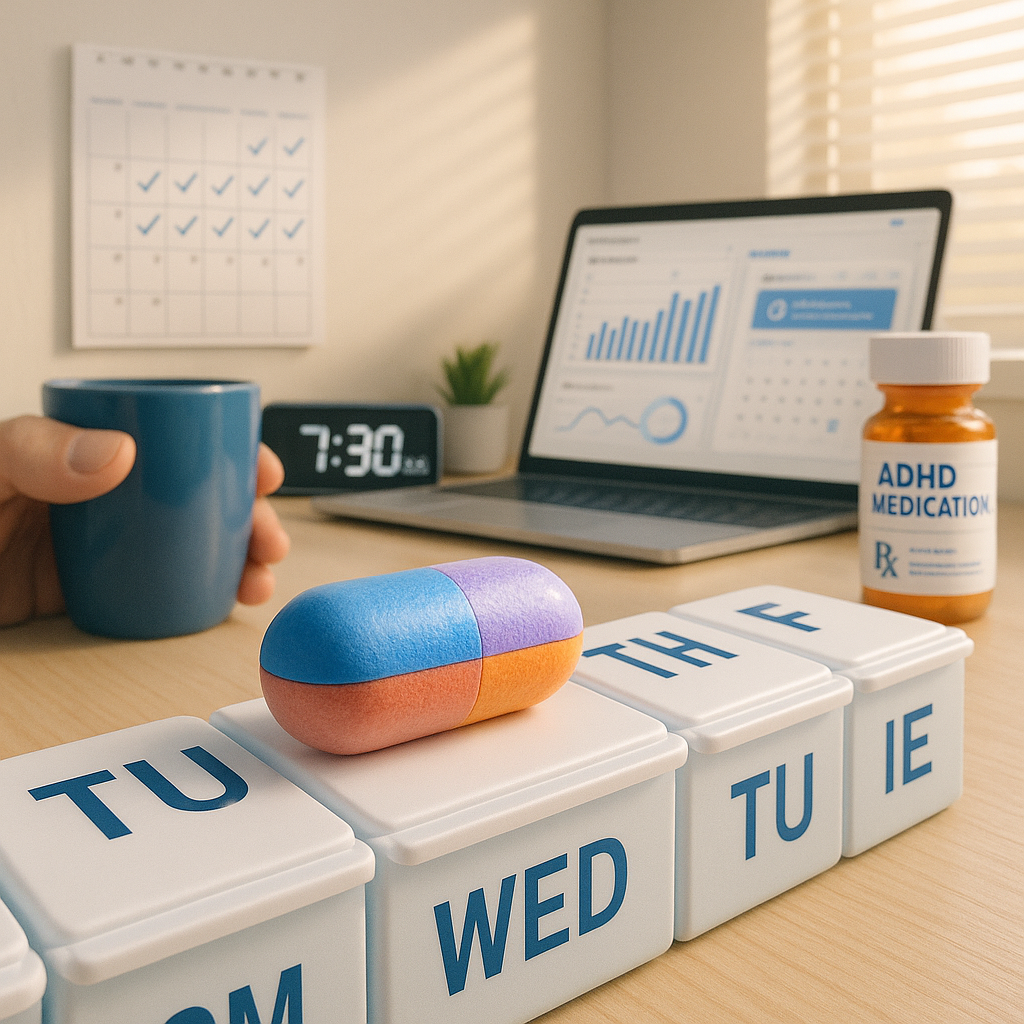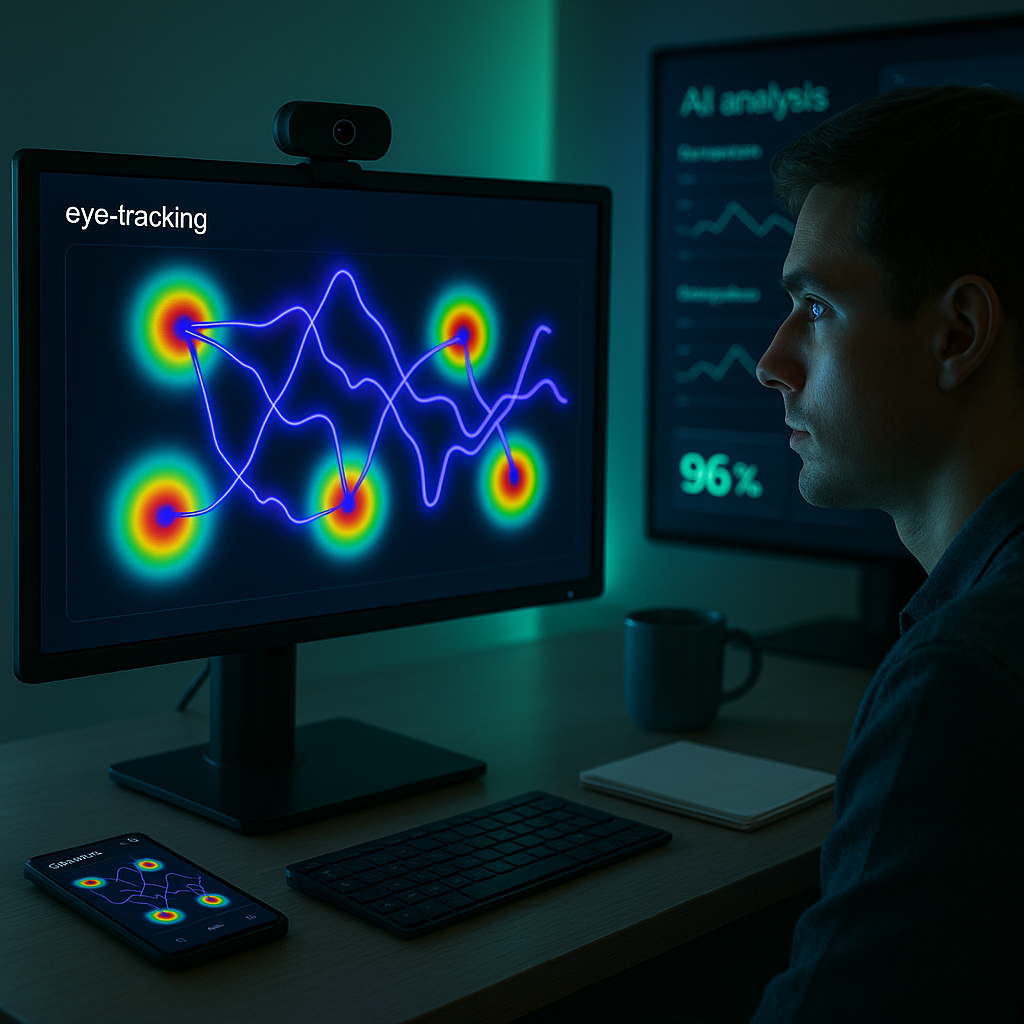Key Takeaways
Prompt engineering is more than just clever wording or maximizing AI output. For ADHD minds, it is about designing systems that foster focus, minimize overwhelm, and keep both you and your AI partner moving forward. The key takeaways outlined below are tailored to empower neurodivergent professionals, helping them leverage ChatGPT to achieve consistent project success:
- Structure prompts to anchor attention and prevent derailment: Well-crafted, context-rich prompts serve as reliable guide rails. They keep AI responses focused on your objectives and help your brain sidestep distractions that can easily sabotage project progress.
- Leverage step-by-step instructions to break down overwhelm: Guiding ChatGPT with sequential prompts makes complex tasks feel more manageable. By offering clear, actionable steps, you meet ADHD’s need for structure and reduce the feeling of being overwhelmed.
- Use follow-up and redirect strategies when responses go off-track: Don’t settle for vague or tangential outputs. Harness corrective prompts that guide conversations back on course, transforming AI from a potential distraction amplifier into a laser-focused project collaborator.
- Adopt iterative prompting for continuous clarity and progress: Rather than expecting a perfect answer right away, embrace dialogue. Prompt, review, and refine. This mirrors the trial-and-error approach that often works best for ADHD minds and ensures incremental improvements.
- Template project management prompts for reliable routines: Pre-designed prompt templates automate recurring steps, minimize decision fatigue, and make check-ins with ChatGPT a sustainable part of your workflow. This frees up mental space for creative breakthroughs.
- Prioritize context and specificity over generic prompts: The more personal and detailed your input, the more targeted and useful the AI’s output becomes. Specificity curbs scope creep and keeps your project on track every day, even when distractions arise.
- Transform AI from productivity hurdle to executive function booster: With the right prompt engineering, you can turn scattered ideas into focused action plans. This elevates ChatGPT from a basic chatbot into a powerhouse tool for enhancing organization and supporting your executive function.
With these strategies, you can turn ChatGPT into more than just a question-answering tool. It becomes an active partner that streamlines your workflow and amplifies your neurodivergent strengths. It’s time to explore the principles, frameworks, and real-world examples that will fuel your next project with clarity and momentum.
Introduction
Starting a project with ChatGPT can sometimes leave you lost, tangled in a web of tangents, vague responses, and scattered thoughts. For neurodivergent professionals, this can be more than inconvenient. It can stall progress and ignite feelings of overwhelm. Prompt engineering designed for ADHD reframes this challenge. By structuring your prompts for clarity and specificity, you can transform AI from a productivity obstacle into a true executive function ally.
The key isn’t asking your brain to operate like everyone else’s or churning out longer prompts. It’s about adopting step-by-step frameworks, consistent redirect strategies, and personalized templates that ground your attention and enable forward movement, even on the most distractible of days. Let’s explore how smarter prompt engineering reduces chaos, elevates productivity, and finally gets those scattered to-do lists finished and flourishing.
Why Traditional Prompt Engineering Falls Short for ADHD Brains
Many traditional prompt engineering approaches are built for linear thinking and sustained attention, making them misaligned with the strengths and challenges of ADHD minds. The core issue arises because these methods often expect users to maintain focus, remember intricate details, and follow a rigid structure. These are precisely the arenas where ADHD presents the most friction.
ADHD brains process information in dynamic, nonlinear ways. While conventional prompt techniques might emphasize concise language and meticulous structure, neurodivergent users benefit from prompts that play the role of an external executive function (capturing diverse ideas, maintaining context, and preventing overwhelm).
Understanding where standard practices fall short helps identify what’s needed in more supportive approaches.
The Hidden Barriers in Standard Prompting
Traditional prompt engineering often overlooks key ADHD hurdles such as:
- Overwhelming complexity: Standard templates sometimes cram too many requirements into a single prompt, triggering mental shutdown instead of facilitation.
- Rigid structure: Linear and inflexible frameworks ignore the non-linear pathways of ADHD thought processes.
- Focus assumptions: These approaches assume you can sustain attention between exchanges, neglecting the need for built-in refocus cues.
- Memory overload: There’s little accommodation for working memory challenges or a natural tendency to lose track of earlier context.
These limitations can make interactions with AI more frustrating for ADHD users, rather than empowering.
Building ADHD-Friendly Prompt Frameworks
Rather than resist the natural ways your brain operates, consider prompt structures that embrace flexibility while providing just enough structure to support executive function. Balancing adaptability with targeted guidance leads to more productive and sustainable AI interactions.
The TRACE Method for ADHD Prompt Design
The TRACE framework delivers ADHD-friendly prompts by blending executive function supports with flexibility:
- Task Chunking: Decompose big projects into smaller, bite-sized prompt conversations that feel achievable.
- Reminder Integration: Embed context reminders and project goals within each interaction to keep the big picture visible.
- Attention Anchoring: Use attention-anchoring phrases that direct both the AI and your focus back to core objectives.
- Clarity Checkpoints: Include verification steps to ensure alignment and clarify next actions before proceeding.
- Extension Hooks: End prompts with clear options for continuing or branching the conversation when you return.
Practical Template Example
To see TRACE in action, compare generic and ADHD-optimized prompts:
Ineffective Generic Prompt:
“Write a blog post about remote work productivity tips.”
ADHD-Optimized Prompt:
Context: Writing a new post for my productivity blog series. Current focus: Remote work strategies.
Main task: List 3 specific productivity tips for remote work. For each tip:
– Explain it in 2-3 sentences.
– Share a real-world example.
– Add a practical adaptation for ADHD.
Please confirm all three points before continuing to the full post.
This approach offers structure, reduces ambiguity, and ensures conversation focus.
Maintaining Momentum in AI Conversations
Sustaining productive AI conversations can be especially challenging for ADHD minds. The trick is to build systems that support continuous progress, even when attention flags or memory fades. Anchoring each conversation in context and providing easy on-ramps for when you get distracted are simple but powerful techniques.
Conversation Anchoring Techniques
- Start sessions with context refreshers: Open each exchange with a brief summary (e.g., “Continuing our discussion about [topic]. Last time we covered [specific point].”).
- Use checkpoint prompts: Frequently confirm alignment to the agreed focus before moving forward (“Before we continue, can you confirm we’re on the same page about [topic]?”).
- Create breadcrumb trails: Conclude each session with clear, actionable next steps, so you can easily pick up right where you left off.
Recovery Strategies for Lost Focus
When attention drifts or you feel lost, use these prompts to regain momentum:
- “Let’s recap the main points we’ve covered so far.”
- “Can you remind me of our original goal and explain how this connects?”
- “I think we’ve gone off-topic. Let’s return to [specific aspect] from earlier.”
These simple recovery cues ensure you can always get back on track, regardless of distractions.
Leveraging AI for Executive Function Support
The greatest benefit of AI for ADHD professionals emerges when it helps with tasks like planning, organization, and self-management. These are areas often affected by ADHD. Strategic prompting can transform ChatGPT into a virtual executive function assistant, helping manage projects from ideation to completion.
Project Management Prompts
Empower ChatGPT to support your workflow with these tailored structures:
Project Initialization:
“Help me break this project into smaller, actionable tasks. For each task:
– Estimate the time required (25 minutes or less).
– Define a clear starting action.
– Set practical completion criteria.
– Propose a visual checkpoint or progress cue.”
Progress Tracking:
“Given the current state of the project, what are the three most immediate actions I should focus on? Prioritize tasks that:
– Build on current momentum.
– Provide visible signs of progress.
– Can be completed in a single session.”
This kind of structured prompting makes it easier to start, continue, and complete projects, reducing overwhelm and increasing the likelihood of sustained progress.
These frameworks are not just limited to business or productivity. In healthcare, they can help manage ongoing treatment plans and appointment schedules with clear checklists. In education, tailored prompts can break learning modules into manageable sections, track progress, and support engagement. In environmental science or research, chunking data analyses into smaller, clearly defined tasks makes it easier for neurodivergent professionals to contribute meaningfully without losing sight of the larger mission.
Conclusion
Conventional prompt engineering frequently misses the mark for neurodivergent thinkers. Without mechanisms like task chunking, context reminders, and built-in checkpoints, AI conversations can spiral into confusion or stall entirely. Adopting ADHD-friendly frameworks such as the TRACE method and anchors for conversation flow provides the scaffolding needed to transform AI from a source of frustration into a powerful tool that amplifies your strengths.
For neurodivergent professionals, reimagining AI interactions as systems of support is about more than productivity. It is about unlocking potential. By harnessing prompt engineering that respects your brain’s unique operating system, you empower yourself to work smarter, maintain momentum, and turn vision into reality. The future of productivity belongs not just to those who use tools like ChatGPT, but to those who customize these tools to align with their strengths. Now is the time to move beyond adaptation and embrace systems that truly let your brilliance shine.





Leave a Reply